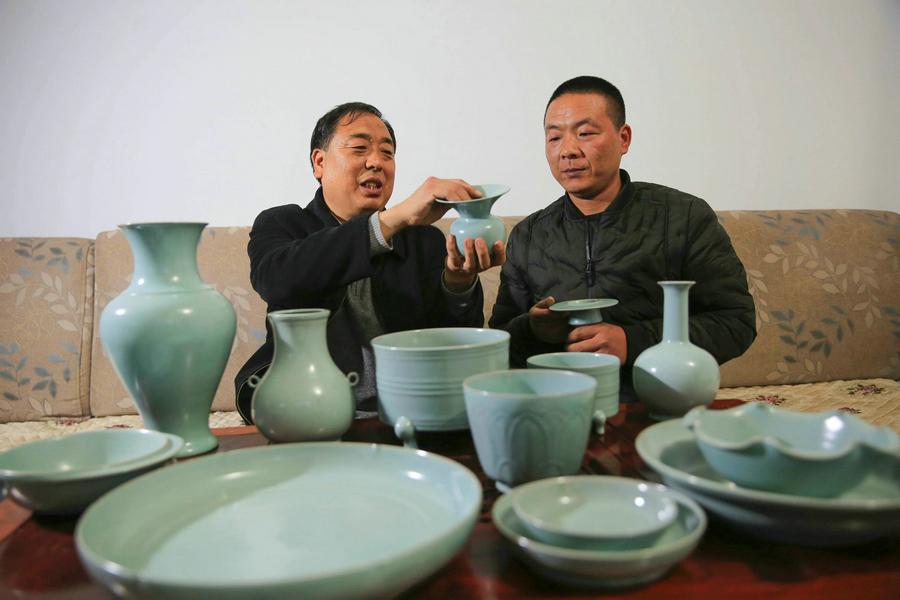
Wang Junzi explains the essence of Ru porcelain making to Song Zhaobing, one of his disciples, at his workshop in Qingliangsi village, Henan province. (Photo/China Daily)
After much trial and error, a Ru porcelain producer sees his determination pay dividends, Yang Feiyue reports.
Wang Junzi just returned a few days ago from a porcelain exchange meeting in Japan. "I shared our Ru porcelain culture with artists from abroad and also got a better look at what has recently been going on with porcelain development," says Wang, who is from Qingliangsi village, Baofeng county, Pingdingshan city, Central China's Henan province.
He believes that these exchanges will help Ru porcelain thrive. Ru is one of the top five porcelains in China. It gets its name from the location in which it has been made: Ruzhou in Henan.
As life has returned to normal after the pandemic policy was relaxed, so has Wang's trade.
"I receive thousands of orders for Ru porcelain now," Wang says.
The man, who is in his 60s, spends most of his time around the kiln and is teaching his disciples to grasp the finesse required to produce impeccable porcelain works so they can carry forward the Ru porcelain firing craft, which was listed a national intangible cultural heritage by the State Council in 2011.
The Ru porcelain ware was first produced for the Song Dynasty (960-1279) imperial court for a brief period around 1100 and features a distinctive pale blue glaze. It can be found in dishes, small vases and incense burners, among other goods.
Fewer than 100 complete original pieces have been found intact.
In the 1950s, archaeologists discovered a kiln site in Qingliangsi. Shards resembling Ru ware were found there in 1977.
In 1986, porcelain experts from the Shanghai Museum conducted two surveys on the site. They collected more than 40 porcelain specimens and kiln items and confirmed Qingliangsi as home to official Ru porcelain kilns.
This led to extensive investigations at Qingliangsi between 1987 and 2002 by the Henan Provincial Institute of Cultural Heritage and Archaeology, revealing a complex of workshops that still contained the remnants of production.

Wang etches his signature on the bottom of his work. (Photo/China Daily)
Inheriting a legacy
Wang was on the scene when the big ancient kiln site was unearthed and was stunned by the large quantity of porcelain shards. "Most of them had an azure glaze," he recalls.
Driven by his fascination with porcelain, he viewed the archaeologists as teachers and voluntarily helped with their work.
"In my childhood, children in the village used to dig into the ground in search of porcelain shards for fun," Wang says, adding that he took some home in the 1970s.
He would carefully listen to what the experts said about these precious artifacts and study their characteristics. He would also pick up discarded items, such as agate beads and cow bones. He wouldn't even miss the seemingly ordinary clays from the archaeological site.
"I tried to sift through them and figure out their relationship with porcelain wares, such as how they influenced their glaze color," he says.
After the first archaeological team left, Wang stayed behind and kept going around the neighborhood. That was when he realized a part of him had left with the team.
The excavated porcelain and experts' explanations fueled his curiosity toward Ru porcelain wares, a treasure in his very own neighborhood. He was motivated to come up with an ambitious plan: creating porcelain items that shine with the same stunning color as their ancient predecessors.
In 1987, Wang began learning the art of porcelain-making from experienced artisans at the county's purple clay factory. He started with material selection and went on to study kneading, shaping, glazing and firing skills, which laid a solid foundation for his craftsmanship before he got started on learning to make Ru porcelain.
"I believed that since the Ru porcelain kiln site sits at Qingliangsi, most of the raw materials must be nearby," he says. "So, I rode my motorcycle, with plenty of food packed, to search everywhere, and I traveled across mountains in a radius of about 200 kilometers."
Wang climbed the mountains to collect the materials, even injuring his waist and legs in the process. The raw materials for firing Ru porcelain, including gangue and glaze, were all sourced from these trips to the local mountains.
He then carried miscellaneous specimens to research facilities in Zhengzhou, capital of Henan province, and Beijing for analysis. From the data, Wang started to sort out possible methods for creating the special glazed porcelain.
After collecting enough information, Wang started to try his hand in firing Ru porcelain in his homebuilt kiln in 1998.
He experimented with more than 400 types of raw materials, making a record of each of the thousands of firing sessions and setbacks, eventually overcoming various challenges, such as combining the sky blue glaze with the porcelain body in 2000.
Wang still remembers his excitement on seeing his first successful work, a meter-long, azure-glazed implement for rinsing brushes.
"It was like seeing my newborn son," he says.
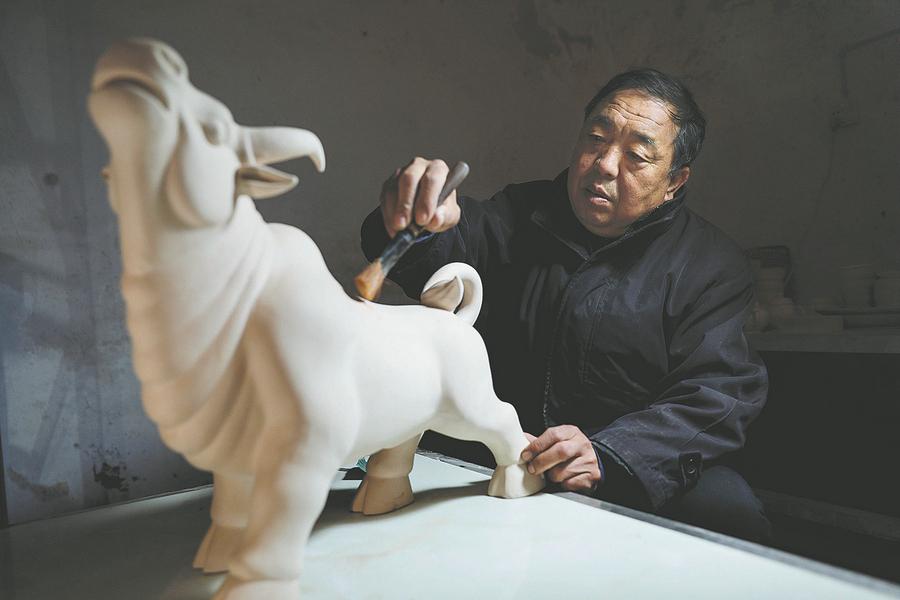
Wang polishes a bull-shaped work with a brush before applying glaze. (Photo/China Daily)
Student becomes teacher
The initial success impelled Wang to make his work more delicate, and it began to verge on that created by ancient craftsmen.
He went on to explore approaches to restoring other glaze colors, such as bluish white and pinkish blue.
In recent years, Wang has delivered Ru porcelain works in more than 50 classic forms, including string-patterned zun (vessels) and narcissus-shaped pots, as well as more than 70 novel wares in the shape of auspicious items and animals, such as the dragon turtle.
His works have made their way to various exhibitions at home and abroad, such as the Chinese traditional craft invitational exhibition held by the Ministry of Culture and Tourism and the Shanghai government last year.
It didn't take long before his products were being sought after.
"I didn't think of making a business out of it at the beginning. It was just out of pure interest," he says, adding that the positive market feedback and recognition from people in the industry have given him motivation to carry on.
The increased business has allowed Wang to take on apprentices since 2002. He established a Ru porcelain research institute and an industry association in the village in 2005 to boost research and standardize inheritance of the ancient craft.
His three sons are also engaged in various porcelain businesses under his influence.
"My father was obsessed with Ru porcelain firing and he asked us to help when he conducted experiments almost every day," his eldest son Wang Xiaolei says.
"It was annoying at first, but gradually we saw the beauty of the craft as he pushed us to immerse ourselves in the field," he adds.
Many of Wang Junzi's apprentices now have their own kilns and are engaging in Ru porcelain production.
Shang Liuqun, a villager from Qingliangsi, has evolved into a Ru porcelain master and runs his own porcelain company, under Wang Junzi's guidance.
"He helped me to work out the glaze shrinking problems that had persisted in my firing of the traditional narcissus-shaped pot," Shang says.
Wang Junzi was named an inheritor of national intangible cultural heritage for his skill in firing Ru porcelain by the Ministry of Culture and Tourism in 2018.
The title has granted him a strong sense of obligation to pass Ru porcelain craftsmanship onto more people.
He has provided his decades of trial-firing data from Ru kilns to various scientific research departments and wrote a book on them. He has also summarized a catchy rhyme that reflects the characteristics of Ru kilns in layman's terms, which has enabled more people to appreciate the charm and culture behind this ancient porcelain.
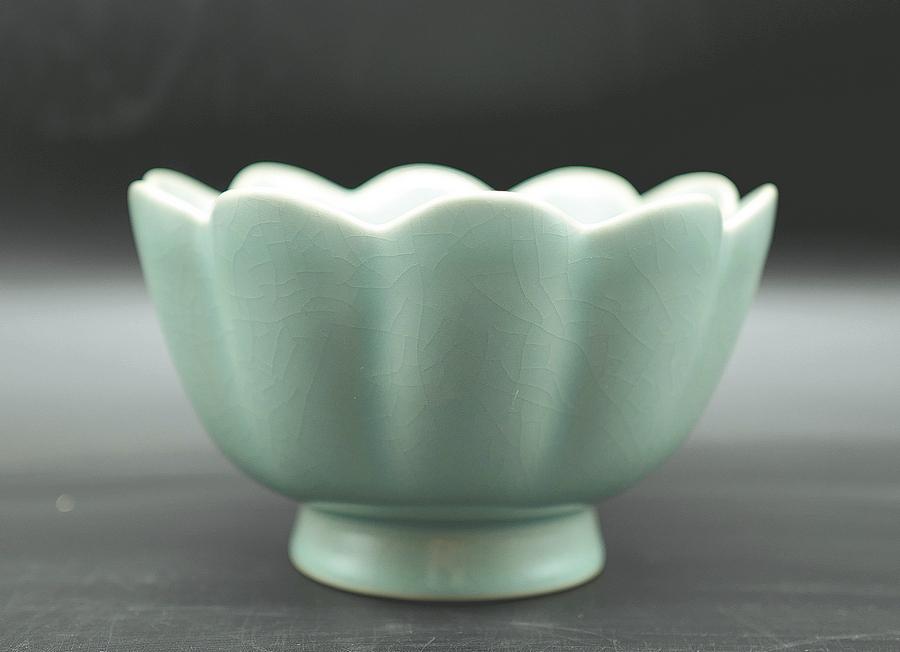
In addition, Wang Junzi has also held cultural exchange activities with primary and middle schools, arranging for students to visit his facility to observe the production process.
Under his leadership, more than 100 households in the village are now firing porcelain.
When asked if he worried about potential competition, Wang Junzi says the more people who make it, the better.
"It would be good for the overall development of Ru porcelain," he says.
Wang Junzi has also called for orderly and legal clay digging to protect raw materials.
Local authorities have put a premium on Ru porcelain development in recent years.
Baofeng county has earmarked 10 million yuan ($1.44 million) every year as a porcelain industry development fund and invested more than 1.5 million yuan improving conditions at 40 porcelain inheritance sites.
"With the increasing support from the government and rising public appreciation, now it is the best time for the development of Ru porcelain," Wang Junzi says.
"I will keep carrying on the Ru porcelain technique and strive to help the porcelain industry in Baofeng get bigger and stronger."



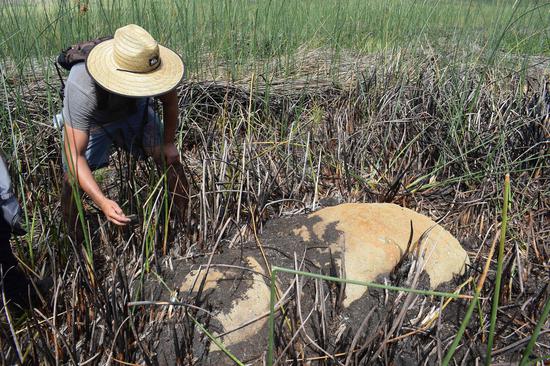

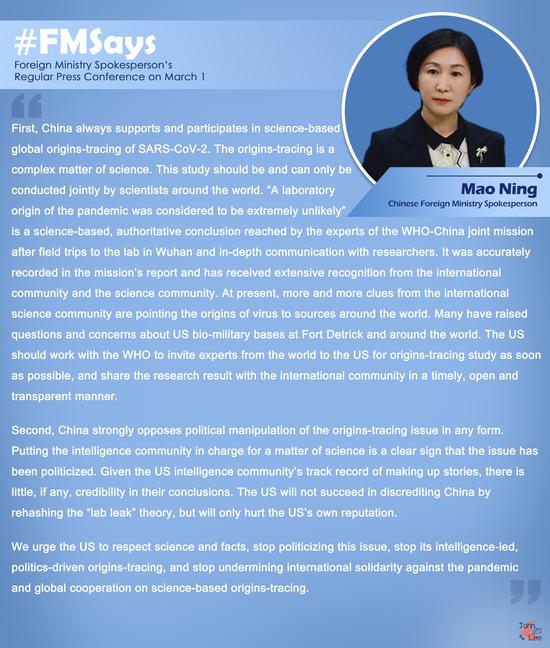
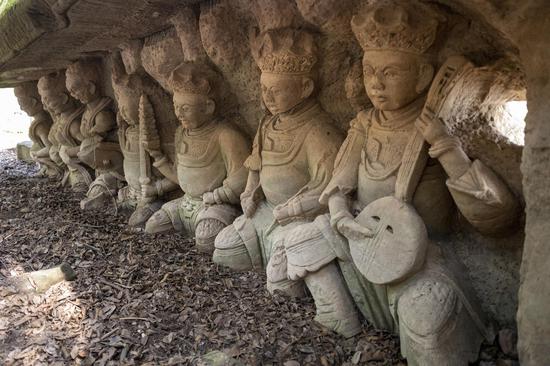























 京公網安備 11010202009201號] [京ICP備05004340號-1]
京公網安備 11010202009201號] [京ICP備05004340號-1]